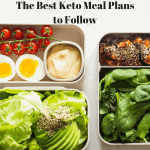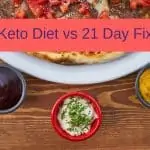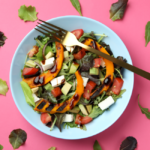While American society is often associated with unhealthy fast-food restaurant chains and processed snacks, many citizens are turning to specific dietary plans as a way to maintain their weight and overall health. Two of the most common diets out there being followed are the Whole30 diet and the Paleo diet.
Although there isn’t extensive research done on the long-term benefits of either diet, many people have reported several short-term benefits to adhering to the very strict rules and eating guidelines provided by each eating plan.
I am a certified nutritionist, and I have worked with numerous clients that have tried each of these diets, so I understand the impact they can have on various lifestyles. Everyone is different due to their schedules, goals, culture, and what foods they have access to.
Bottom Line Up Front: The Whole30 diet consists of strict clean eating for 30 days before slowly reintroducing certain food groups to see which ones are negatively impacting your health. Alternatively, the Paleo diet is a long-term version of the plan with fewer restrictions. Each one has its upsides and downsides for each individual to take into consideration when choosing a diet.
Topic Contents
The Main Differences Between Whole30 vs Paleo
With so many different diets out there, it can certainly be difficult to understand what each one involves, and I have worked with many clients who have jumped from one to another because they didn’t fully understand what they were getting themselves into initially. Let’s take a look at some basic differences between the Whole30 and Paleo diets!
- Whole30 is a temporary method of “resetting” your diet, whereas Paleo is a long-term lifestyle change.
- Whole30 focuses on breaking bad eating habits, whereas Paleo focuses more on weight loss.
- Whole30 consists of two phases with different rules, whereas Paleo has rules that remain the same.
- Whole30 is based on modern research, whereas Paleo is based on eating habits from 10,000 years ago.
- Whole30 strictly forbids certain foods, while Paleo allows for slightly more leeway on their restrictions.
What is the Whole30 Diet?
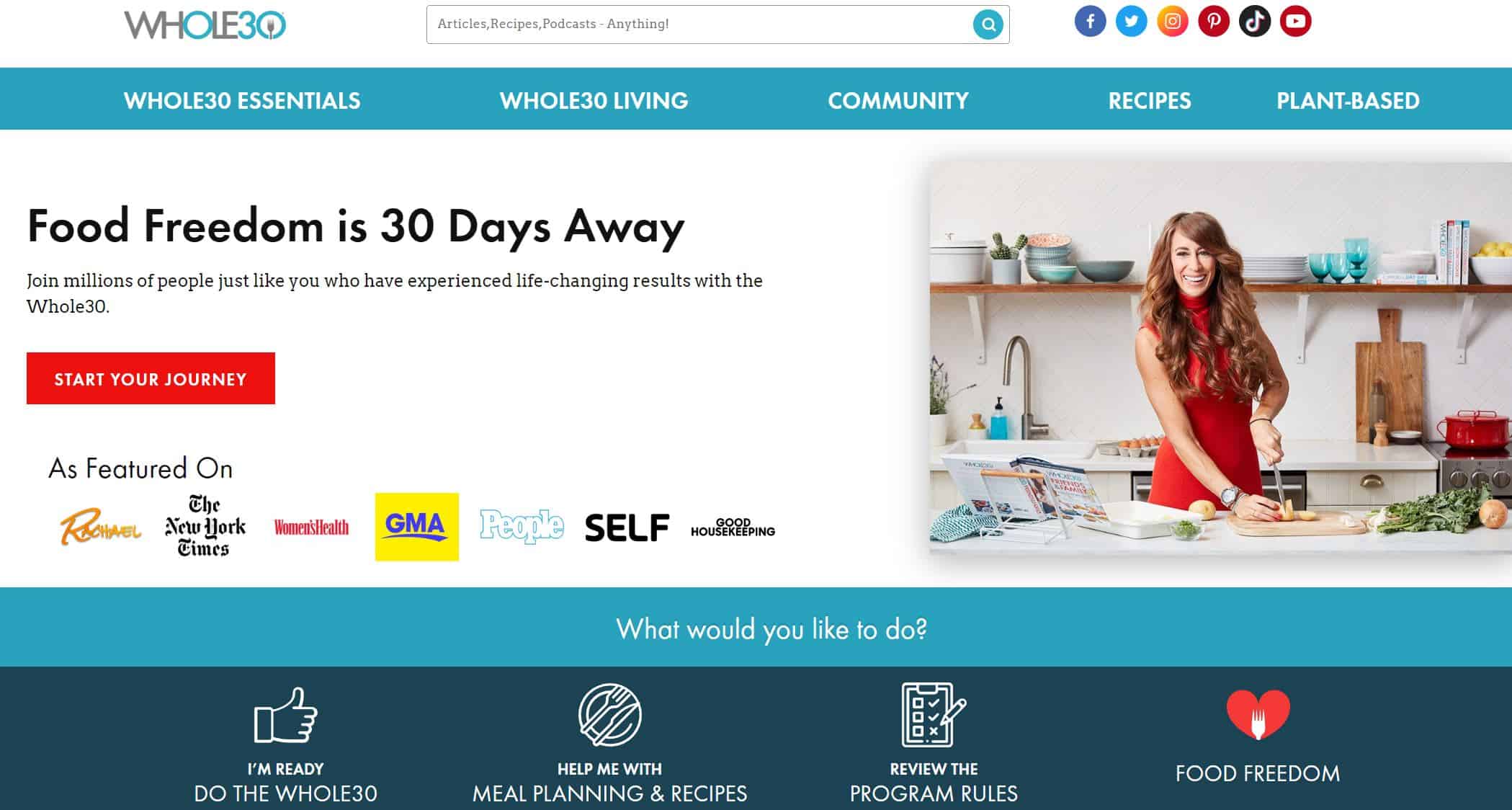
The Whole30 diet is an eating program designed to “reset” your diet and eliminate foods that may be hurting your health. This can help with the prevention of skin problems, digestive issues, and low energy caused by eating certain foods.
The Whole30 diet has two phases.
As the name implies, the first phase of “elimination” lasts 30 days. During this first phase, those who follow the diet can only eat whole/unprocessed foods.
The second phase of “reintroduction” lasts ten days. During this phase, those who have completed the first phase can gradually return to eating foods that were avoided throughout the first phase. However, the purpose of this phase is not just to indulge and reward yourself for getting through the first phase. Instead, it is to learn which types of foods seem to have a negative impact on your overall health.
For 30 days, this diet allows for the following:
- Fresh fruits and vegetables
- Meat, seafood, and eggs
- Natural fats
- Beverages (seltzer, infused water, coconut water, fruit juice, coffee, tea, kombucha)
Herbs, spices, and seasonings (including iodized salt) on any of these are also allowed. Most vinegar and plant extracts are allowed, as well.
During the first phase, people following this diet must avoid the following:
- Grains
- Legumes (green beans and peas are usually considered exceptions)
- Dairy products
- Foods/ingredients with either real or artificial sugar/sweeteners
- Alcohol
The Whole30 diet can be great for those who know they can be strict with not cheating for 30 days straight. However, the realism of it is that life happens. Working with my nutrition clients, I see all the different circumstances that come up and make following a diet very challenging at that moment.

That being said, I do not think the Whole30 diet is realistic for everyone considering how strict you have to be when following it. Thirty days isn’t forever, but it still will require diligence and self-discipline.
If you do choose to follow the Whole30 diet, it is important that you fully understand what you are taking on. That being said, 30 days is certainly doable, so if you are determined to find out if certain foods are causing adverse effects for you, this is a great route to take.
I personally think the Whole30 diet can be enlightening for many people, as so many ailments are caused by diet. You may find yourself struggling with symptoms like acne or fatigue, and it could possibly be a single food or a food group that is causing the issues. The Whole30 diet sheds some light on what is and isn’t contributing to any discomfort you are having.
Example Whole30 Meal Plan
- Breakfast: Egg omelet with spinach, bell peppers, and mushrooms
- Lunch: Salmon bowl with avocado, cabbage, shredded carrots, and celeriac rice
- Dinner: Chicken salad with spinach, roasted sweet potatoes, and walnuts
- Snack: Deviled eggs and salted pumpkin seeds
Who Shouldn’t Do the Whole30?

Similar to the Paleo diet, the Whole30 diet may also be hard for vegetarians for the same reasons. However, there are some recipes out there for protein-rich snacks that don’t involve meat or beans. Vegan protein powders are also a viable option.
Please note that not all of the ones on the included pages are suitable for the Paleo or Whole30 diet, as a few of them contain sugars that are not allowed in either diet.
Overall, the Whole30 diet is a suitable option for most people because it is temporary. However, it is still very restrictive and can lead to nutrient deficiencies. Because of this, those who are pregnant or have a history of eating disorders should be cautious when considering following the diet. Reach out to your doctor if you are unsure if following the Whole30 diet is a step you should take.
What is the Paleo Diet?
The Paleo diet (also known as the Stone Age diet or the “caveman” diet) is a diet that is based on how humans ate during the Paleolithic Era. This refers to foods that early humans could get from hunting and gathering. The diet also excludes foods that became more common once small-scale farms were established; many of these kinds of foods include grains, dairy products, and highly processed foods.
In today’s society, following a paleo diet can help not just to lose weight or maintain a healthy BMI but to also reduce the risk of cardiovascular diseases. This diet also has the potential to help manage healthy levels of triglycerides and cholesterol in your body. However, these are only considered short-term benefits of the paleo diet; further research into the diet is needed to understand and identify any long-term benefits.
The modern version of this diet consists of the following:
- Fresh fruits* and vegetables
- Nuts* and seeds
- Eggs
- Lean meats and fish
- Beverages (tea, bone broth, coconut water, kombucha, black coffee, almond milk)
*Oils from fruits and nuts are also part of the paleo diet.
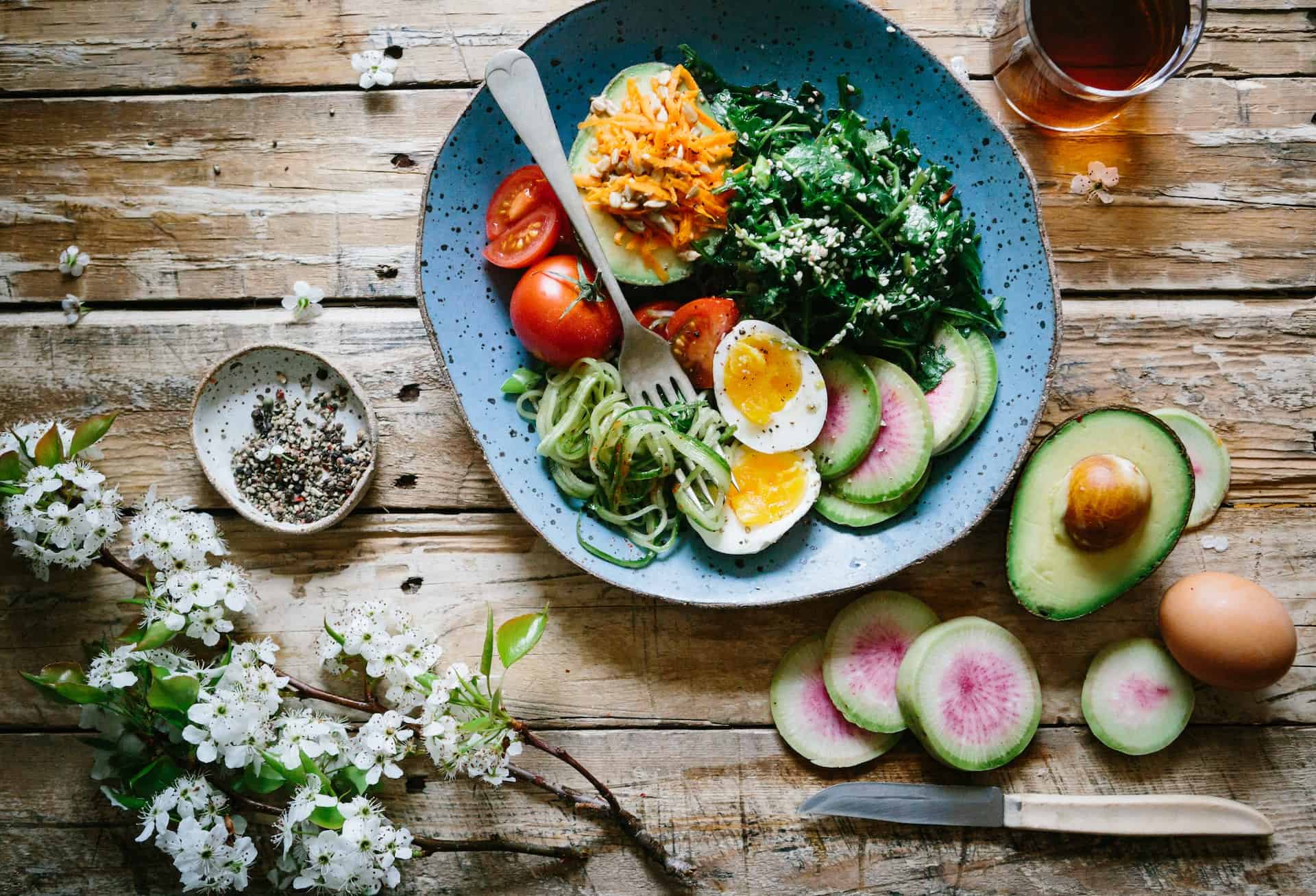
People following this diet must avoid the following:
- Grains
- Legumes (including beans)
- Dairy products
- Starchy vegetables
- Highly processed foods (most kinds of “junk food” that include salt or sugar fit into this category)
As a nutritionist, I think the Paleo diet can be a great option for many people because it forces you to eat natural foods. Many packaged foods are considered healthy, but when you look at the label, you will come to find that a lot more artificial ingredients have been added than you originally thought.
Sticking to the basic foods allowed on this diet allow you to simplify your diet while maximizing the amount of nutrients that are in the calories you consume on a daily basis.
One tip that I have found helpful for my clients who wish to stick to the Paleo diet is to avoid the aisles in the middle of grocery stores. Typically, you will find fruit, vegetables, eggs, and meat outlining the walls of your local store, so it is best to fill your grocery cart primarily with these foods.
Example Paleo Meal Plan
- Breakfast: Porridge made with almond flour, flax meal, coconut shreds, almond milk, cinnamon, and salt
- Lunch: Chicken with sweet potatoes and green beans
- Dinner: Ground turkey meatballs with zucchini noodles and tomatoes
- Snack: Beef jerky
Who Should Avoid a Paleo Diet?
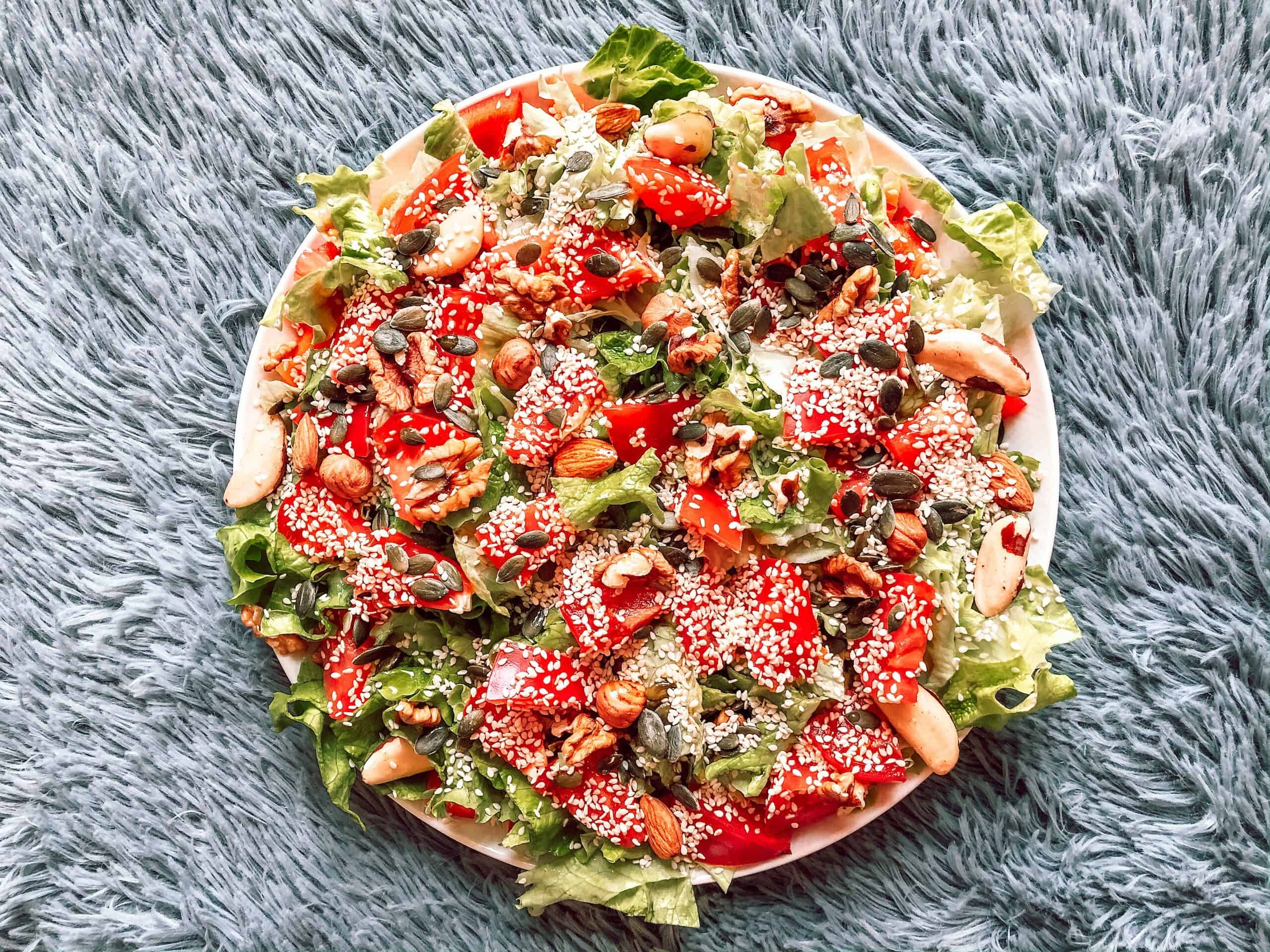
While this diet does have many benefits for the average person, it is restrictive, and this can make it risky for certain individuals. Those who have type 1 diabetes, kidney damage, or are at risk for heart disease should generally avoid following a Paleo diet. If you are concerned that it may not be a good choice for you, reach out to your doctor for guidance.
Pros and Cons of the Whole30 and Paleo Diets
| Whole30 | Paleo |
| Pros
| Pros
|
| Cons
| Cons
|
Which Diet Should You Choose?

While both Whole30 and Paleo have several similarities (both positive and negative), the Paleo diet seems to be more beneficial in terms of long-term nutrition. Unlike Whole30, which is only a short-term “reset” that lasts 30 days (though people can choose to continue the diet without the restrictions afterward), the Paleo diet is a long-term lifestyle change that remains more consistent in terms of its rules.
The Paleo diet is also not as strict as the first phase of the Whole30 diet as it is slightly more forgiving of cheat days, but it is still not as lenient as to allow “cheating” to be a regular thing.
That being said, Whole30 has its own appeal. Instead of outright forcing you to remove certain foods from your diet in the long run, it is only a temporary change; you can gradually return to these “forbidden” foods after 30 days of strict eating. A potential problem with this is what may happen after those 30 days. With the restrictions no longer in place, some people may be tempted to eat even more unhealthily than they did before starting the diet.
In short, Paleo is better for those who want to follow a constant set of rules, while Whole30 is for those willing to put in the effort to make changes on their own.
Other Alternatives to Consider
Some people may find themselves unable to follow either the Whole30 or Paleo diet for various reasons. Here are some alternate diet plans to consider if this is the case.
While following a diet can serve many benefits, I have had clients come to me more often than not because they tried and failed with so many different eating regimens. At the end of the day, you do not need to follow a set of rules created by someone else in order to feel healthy and happy. You can simply aim to eat nutrient-dense foods that help you maintain a healthy weight and feel energized. Keep this in mind – things don’t need to be complicated for you to get results!
Ketogenic Diet
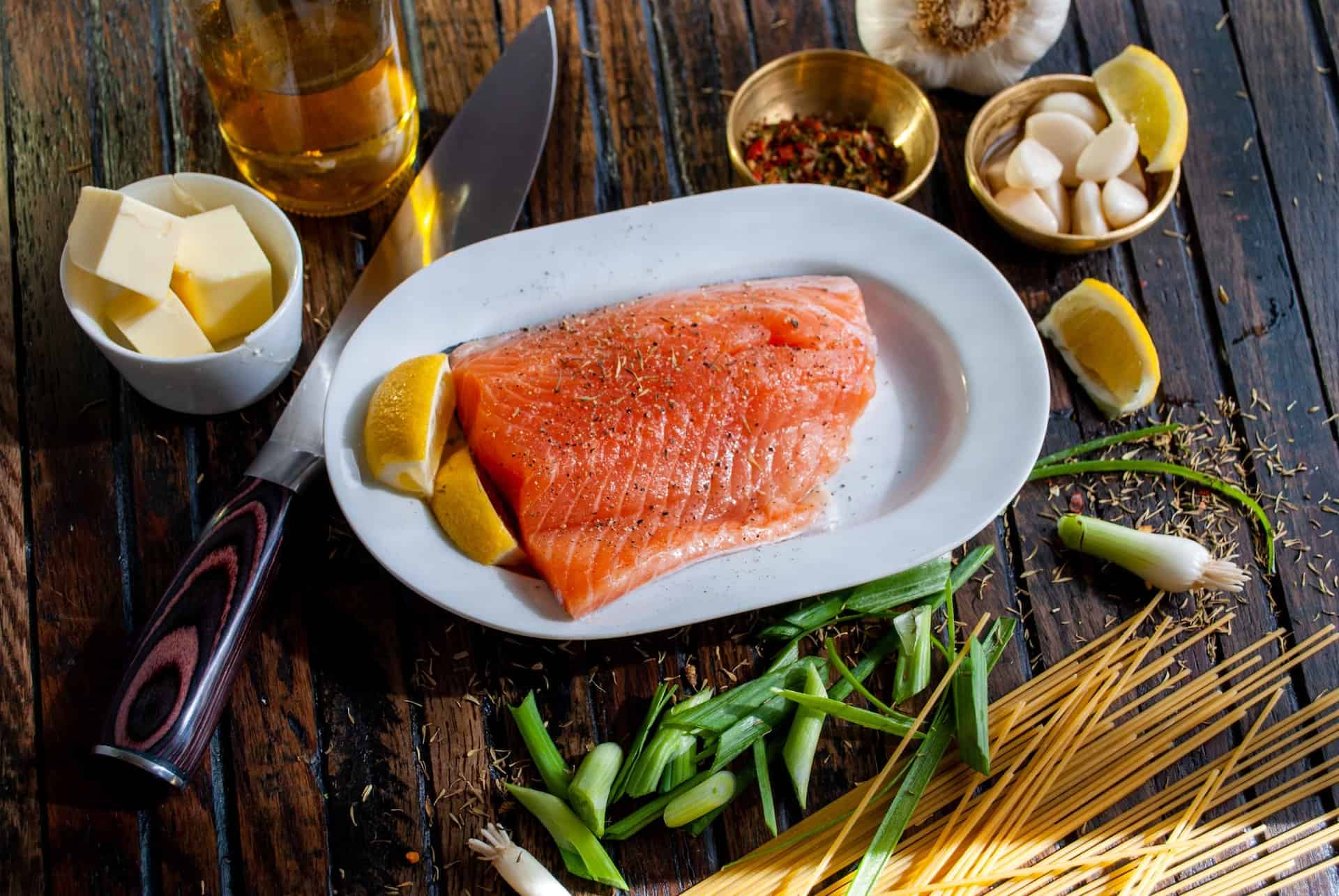
The ketogenic (keto) diet is designed around putting your body in a state of ketosis, or the process of burning fat for energy instead of glucose. To achieve this, people on the keto diet should avoid carbohydrates from grain-based foods, starchy vegetables, and even certain fruits with sugar. The general limit is 50 grams of carbs per day.
In exchange, the keto diet allows for necessary vitamin intake through proteins and even dairy products, the latter of which is not permitted in either the Whole30 or Paleo diets. Another thing to note is that there are various reactions people have to being on the diet. Some thrive and experience greater energy levels and substantial weight loss. Others have to endure flu-like symptoms, nutrient deficiencies, and other adverse effects.
Intermittent Fasting
Unlike other diets and eating plans that put restrictions on what foods you can and cannot eat, intermittent fasting involves not eating for a period of time each day or week. While you can essentially eat whatever you want (at least whenever you’re allowed to eat), this may not be the easiest approach to dieting for some people. For those that can do intermittent fasting, it can even be combined with other kinds of diets for further results.
Frequently Asked Questions
Answer: Although there are very few differences between these two diets in what’s allowed and what isn’t, Paleo is less restrictive on alcohol (although alcohol is still fairly restricted).
Answer: No. In fact, the health benefits of these diets can be further complemented and even maximized by regularly working out.Of course, there are some things to consider when creating a workout that works best with your lifestyle and diet.
Answer: While the Paleo diet is certainly healthy because it eliminates processed foods that don’t do the body much good, it is very dependent on the individual as to what is the “healthiest” diet. A common opinion is that the Mediterranean diet is the healthiest, but, as mentioned before, it depends on the individual.
Christine is a certified NSCA Personal Trainer, ACE Weight Management Specialist, and ACE Fitness Nutritionist. One of her greatest passions in life is helping people understand how to become healthier and happier. She loves connecting with people looking to change their lives with fitness and showcasing how to have fun while staying fit.




